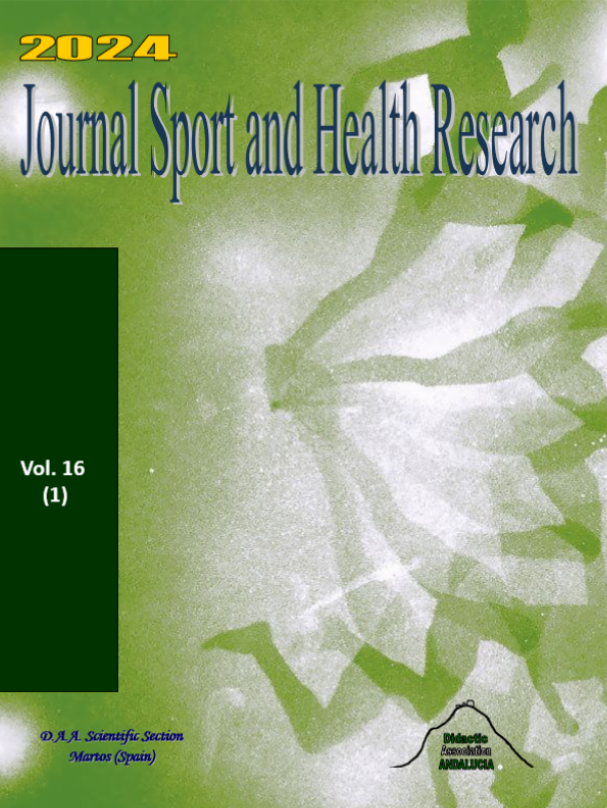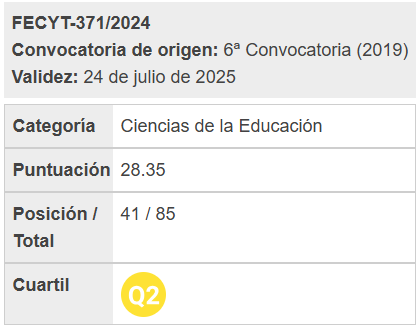Efectos de la intervención matutina aeróbica sobre los cambios de composición corporal en mujeres jóvenes de mañana y sin cronotipo
DOI:
https://doi.org/10.58727/jshr.94622Resumen
Este estudio tuvo como objetivo comparar el efecto de una intervención física matutina sobre la composición corporal de mujeres jóvenes (n = 8, edad media ± D.T. = 23,1 ± 1,0 años, altura media ± D.T. = 168,9 ± 5,8 cm, peso medio ± D.T. = 66,2 ± 6,8 kg) del cronotipo matinal (tipos M) vs. mujeres jóvenes (n = 25, edad media ± D.T. = 21,4 ± 1,5 años, altura media ± D.T. = 167,1 ± 5,4 cm, peso medio ± D.T. = 65,6 ± 7,8 kg) de ninguno de los dos cronotipos (tipos N). Utilizamos análisis de bioimpedancia para detectar cambios en los siguientes indicadores: peso, índice de masa corporal, masa grasa (FM%), masa libre de grasa (FFM), masa muscular (MM), agua corporal total (TBW), agua corporal total y extracelular (ECW/TBW), proporción de masa celular extracelular y corporal (ECM/BCM) y ángulo de fase (PA). Los efectos de la intervención en los grupos se compararon y evaluaron mediante la d de Cohen dentro del procedimiento estadístico de prueba t de muestras apareadas, que no mostró diferencias significativas en todos los indicadores, excepto AF, entre el pretest y el postest (p> 0,05). Se denotó y examinó una mejora estadística en la PA de los tipos N. La diferencia más significativa se encontró en el indicador ECM/BCM, que se estimuló de forma más eficaz en los tipos M después de la intervención de la mañana en comparación con los tipos N. Los participantes de tipo M mejoraron en ECM/BCM (d = 0,62) y AF (d = 0,70) con un efecto medio, pero puntuaron peor en FM% (d = 0,47) con un efecto pequeño, FFM (d = 0,00). 43), MM (d = 0,42) y TBW (d = 0,40), mientras que no se encontró ningún efecto en ECW/TBW (d = 0,15). Los participantes de tipo N mejoraron en AF (d = 0,60) con un efecto medio, FFM (d = 0,29), MM (d = 0,28) y ECW/TBW (d = 0,28) con un efecto pequeño; no se observó ningún efecto en ECM/BCM (d = 0,01), FM% (d = 0,03) y TBW (d = 0,04). Los resultados mostraron que los parámetros ECM/BCM y PA fueron más sensibles que los otros parámetros. Nuestros hallazgos indican la importancia de una mayor exploración y examen del problema del examen del efecto del tiempo en cronotipos particulares.
Descargas
Publicado
Número
Sección
Licencia
Derechos de autor 2023 Pavol Pivovarnicek, Dominika Kondratova, Ludmila Jancokova, Frantisek Zahalka, Tomas Maly

Esta obra está bajo una licencia internacional Creative Commons Atribución-NoComercial-CompartirIgual 4.0.





